Marjaan Khatam laboratory services for general chemistry tests of food
Investigating the physicochemical characteristics of food is very important, because these characteristics have a direct impact on the quality, safety, taste, texture, durability and acceptance of food products by consumers.
Moisture, fat, protein, carbohydrates, fiber, minerals, pH, and acidity constitute the Physicochemical characteristics amongst others.
Also, these characteristics can include checking food fraud (such as adding water to milk, etc.) and the use of some unauthorized substances, such as edible or non-edible artificial colors, preservatives, artificial sweeteners, etc., or detecting polluting contents in them such as nitrate and the like.
The above examinations assure the consumers that the food products they consume are safe, healthy and free of harmful contaminants.
These features help manufacturers to:
- Maintain and improve product quality.
- Optimize production processes.
- Comply with safety standards.
- Satisfy the nutritional needs of consumers.
- Increase the shelf life of products.
- Choose suitable packaging to maintain the products quality.
The list of items that can be examined in Marjaan Khatam food laboratory
|
Dry residues |
Protein |
Total sugar |
|
Regenerating sugars |
Ash insoluble in acid |
Purity |
|
External material |
Fiber |
Substances insoluble in water |
|
Additive color |
Artificial color |
Sulfate soluble in water |
|
Preservative - sodium benzoate |
Grading |
Sodium or potassium ferrocyanide |
|
Density |
Extracted fat peroxide |
Total solids |
|
Brix |
Fat |
Sodium metabisulfite |
|
Total ash |
Sensory evaluation |
Wet gluten |
|
Acidity |
Fructose |
Particle size |
|
pH |
External organic substances |
Urease activity |
|
Alkalinity of ash soluble in water |
Total polyphenol |
Nitrate |
|
Ethyl alcohol |
Caffeine |
Citric acid |
|
Sucrose |
Aqueous extract |
Ascorbic acid |
|
Formalin number |
Water-soluble ash relative to total ash |
Volatile acids |
|
Sulfuric anhydride |
Volatile oils |
Sensory and physical characteristics |
|
Tannin |
Starch |
Yellow sunset |
|
Ascorbic acid |
Freezing point |
Total volatile nitrogen |
|
Preservative - potassium sorbate |
Microbial inhibition test |
Kreis test |
|
Aspartame artificial sweetener |
Carbohydrate |
Peroxide value (PV) |
|
Acesulfame artificial sweetener |
Calcium chloride as per calcium ions |
Allyl sulfur |
|
Salt |
External mineral substances |
Urea |
|
Hydroxymethylfurfural |
Histamine |
phosphorus |
|
Essential oil |
Extracted fat acidity |
Solids insoluble in alcohol |
|
Humidity |
Fat-free milk solids |
Solids soluble in water |
|
Color strength based on curcuminoid content |
Non-volatile ether extract |
Caramel color detection |
|
Oxidation value |
Preservative - benzoic acid and its salts |
Preservative - sorbic acid and its salts |
|
Extract soluble in cold water |
Volatile sulfur organic compounds |
Extract |
|
Insoluble solids |
Conductivity ash |
Invert sugar |
|
Polarization |
Appearance/Color score |
Electrical conductivity |
|
Proline |
Solids insoluble in honey |
Diastasis activity |
|
Sodium nitrite |
Phosphate |
Piperine |
|
Non-protein nitrogen |
Polysorbates |
Fat-free solids |
|
Nitrite |
Alkalinity |
Iodine content value |
|
Iodine index |
Tartaric acid |
Energy |
|
Blanket |
Amylose |
Sensory and general characteristics |
|
Total hardness as per CaCo3 |
Total dissolved solids (TDS) |
Insoluble external substances |
|
Sulfated ash |
Alcoholic acidity |
- |
The test methods for checking the physicochemical characteristics of food are classified as follows:
- Weighing methods (moisture, ash, ash insoluble in acid, etc.)
- Titration methods (to determine the amount of salt, protein, volatile nitrogen, acidity, formalin, residual sulfur, alcohol, etc.)
- Spectrophotometric methods (to determine the amount of phosphorus, nitrite and nitrate, sulfur anhydride, honey diastase activity, etc.)
- Sensory and visual inspection methods (taste, smell, alive and dead pests, etc.)
- Direct instrumental methods (pH, brix, electrical conductivity, particle size, etc.)


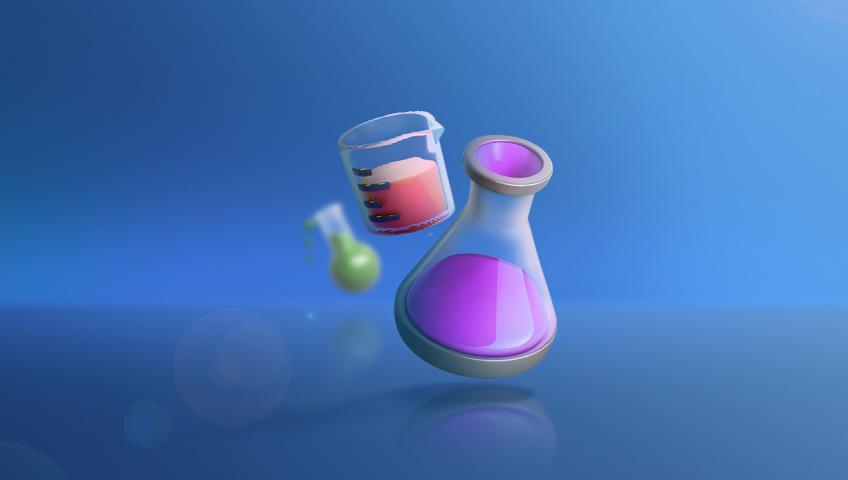
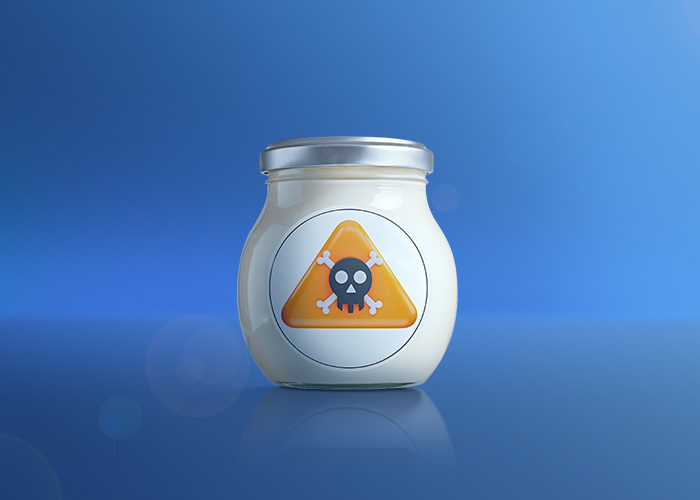
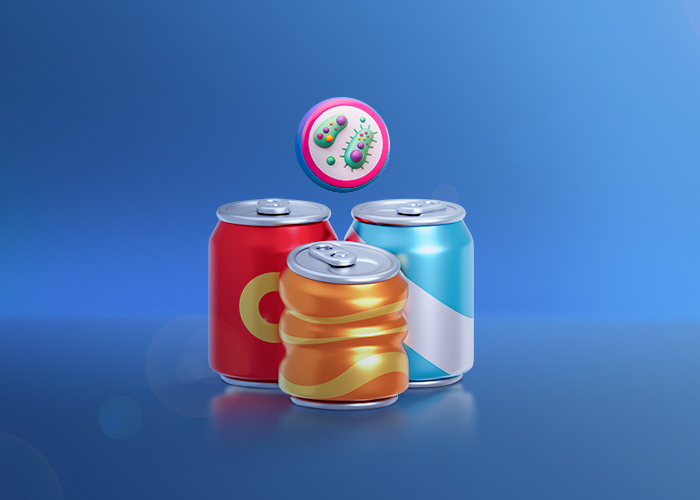

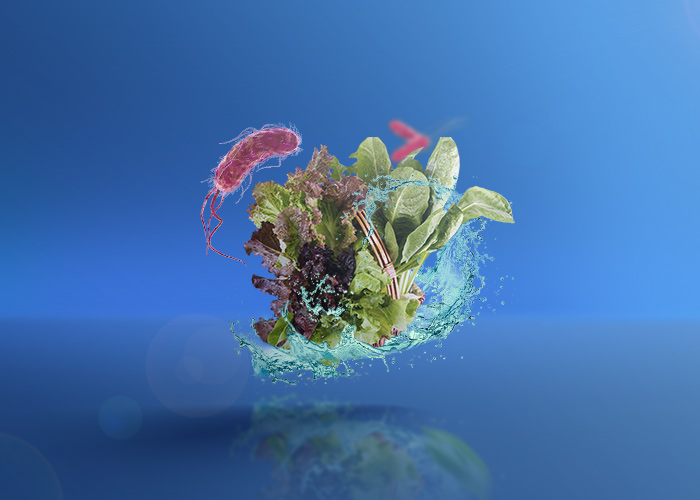
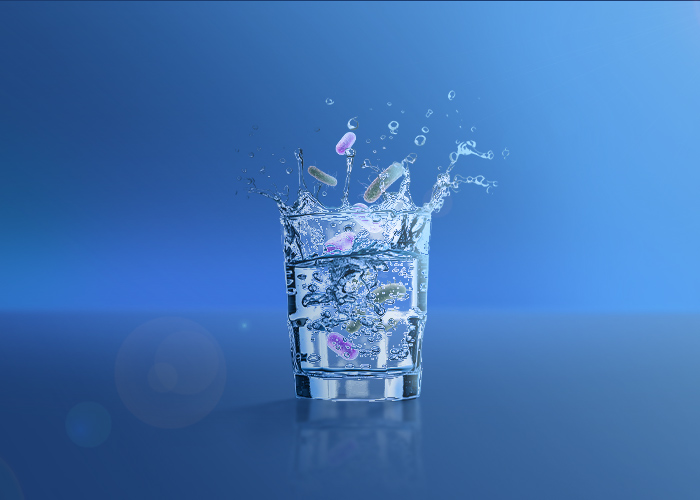
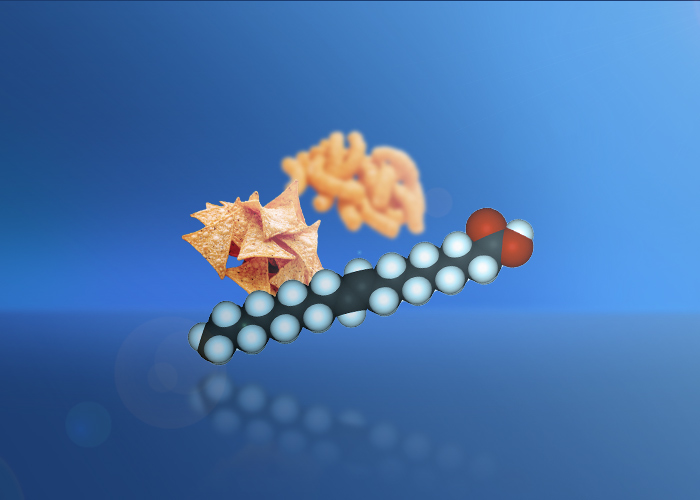
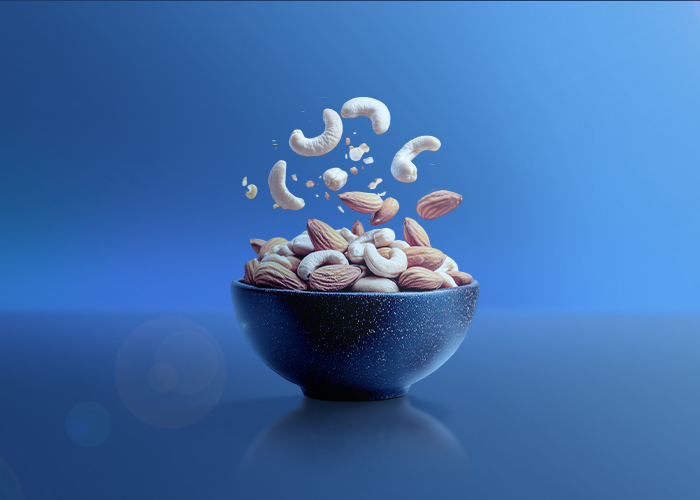
comment